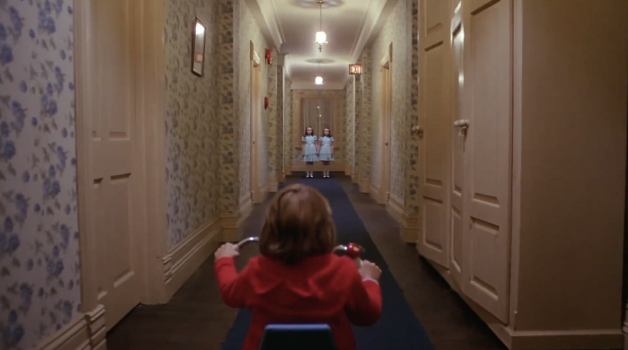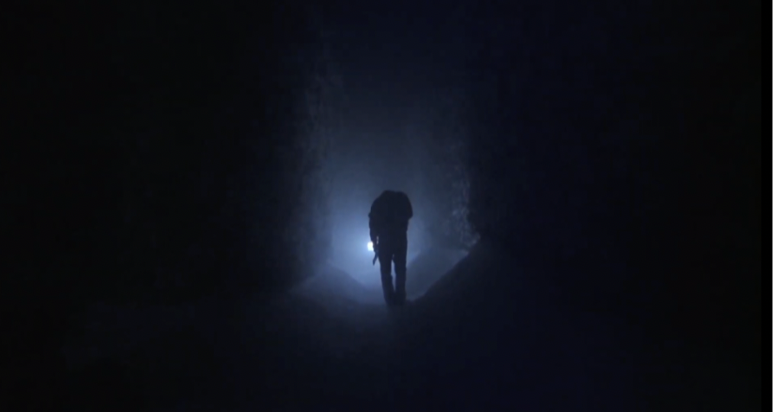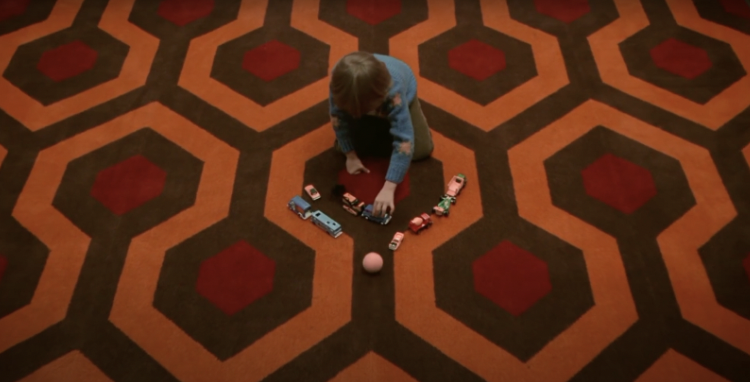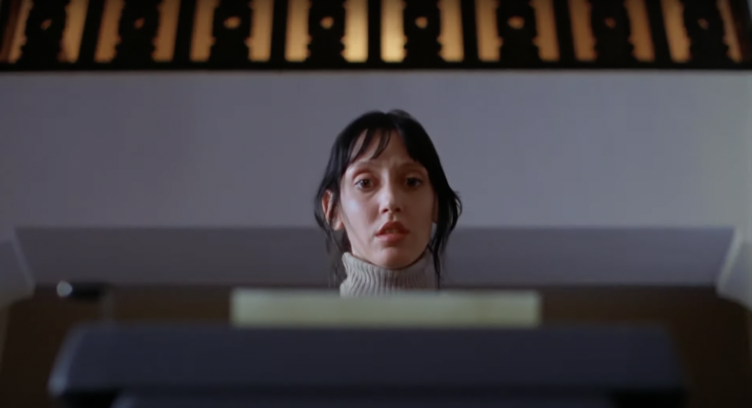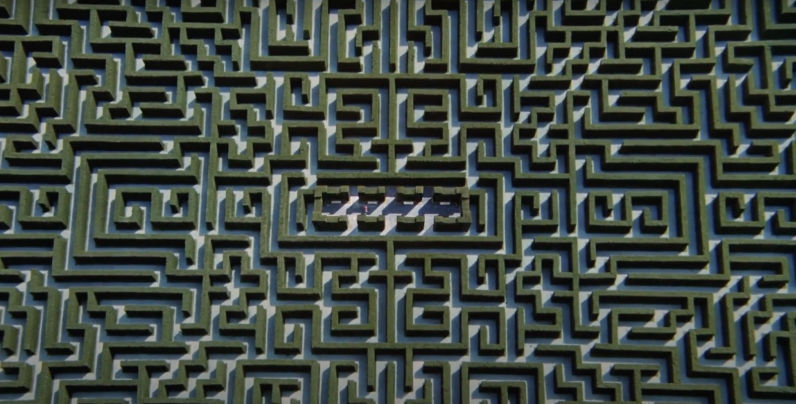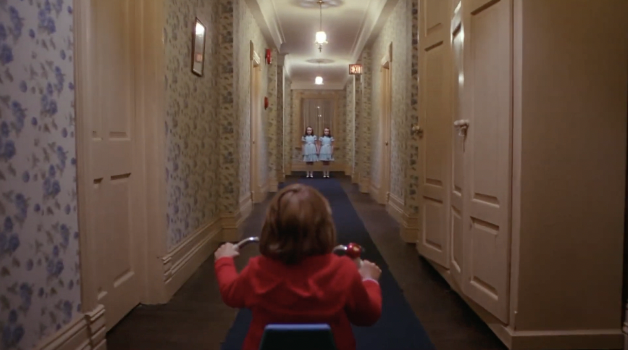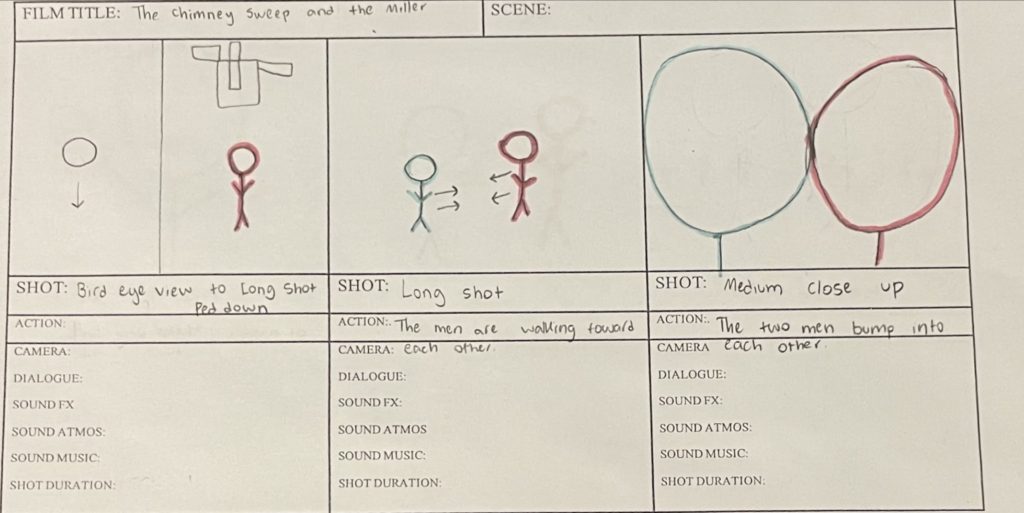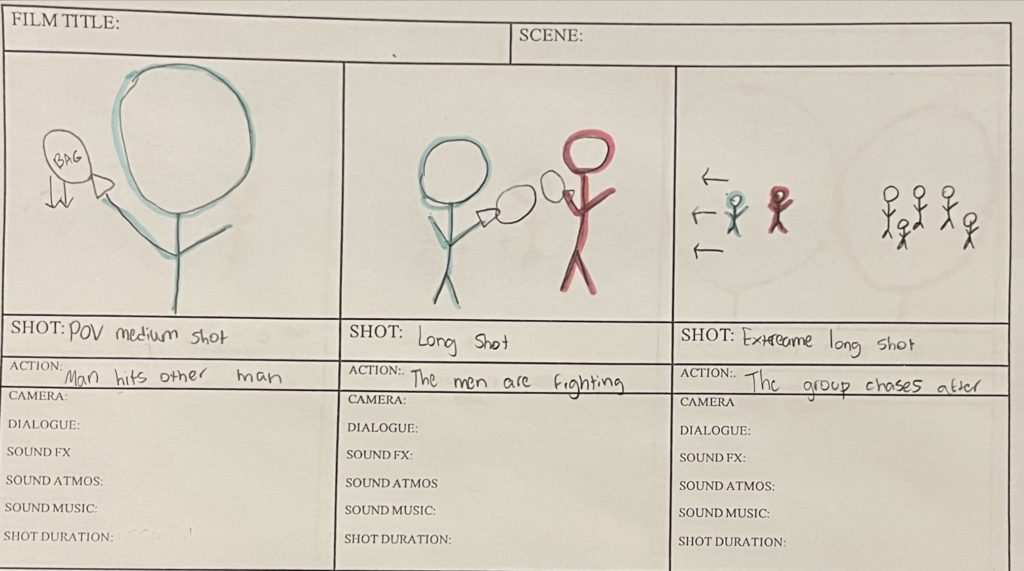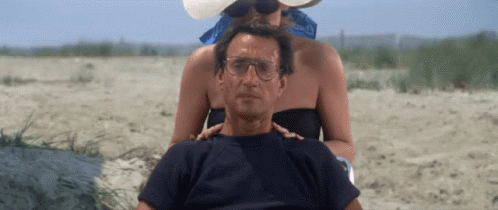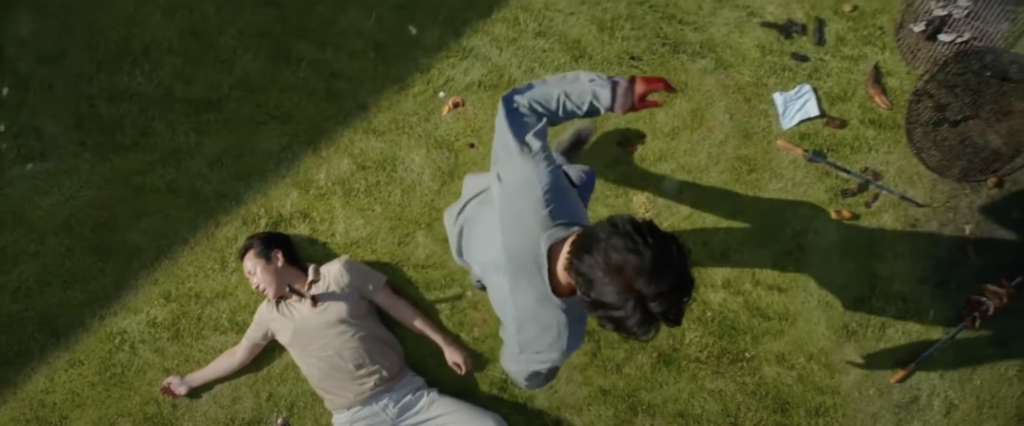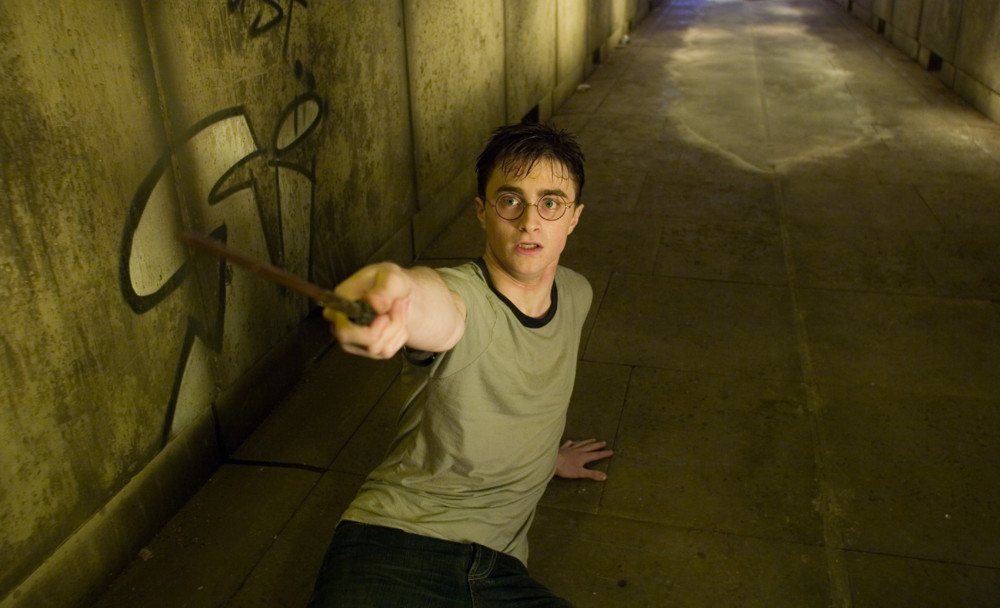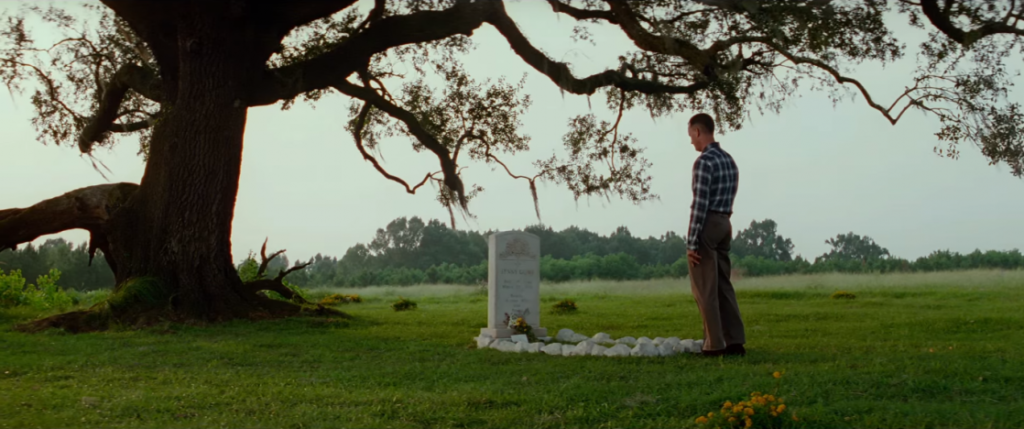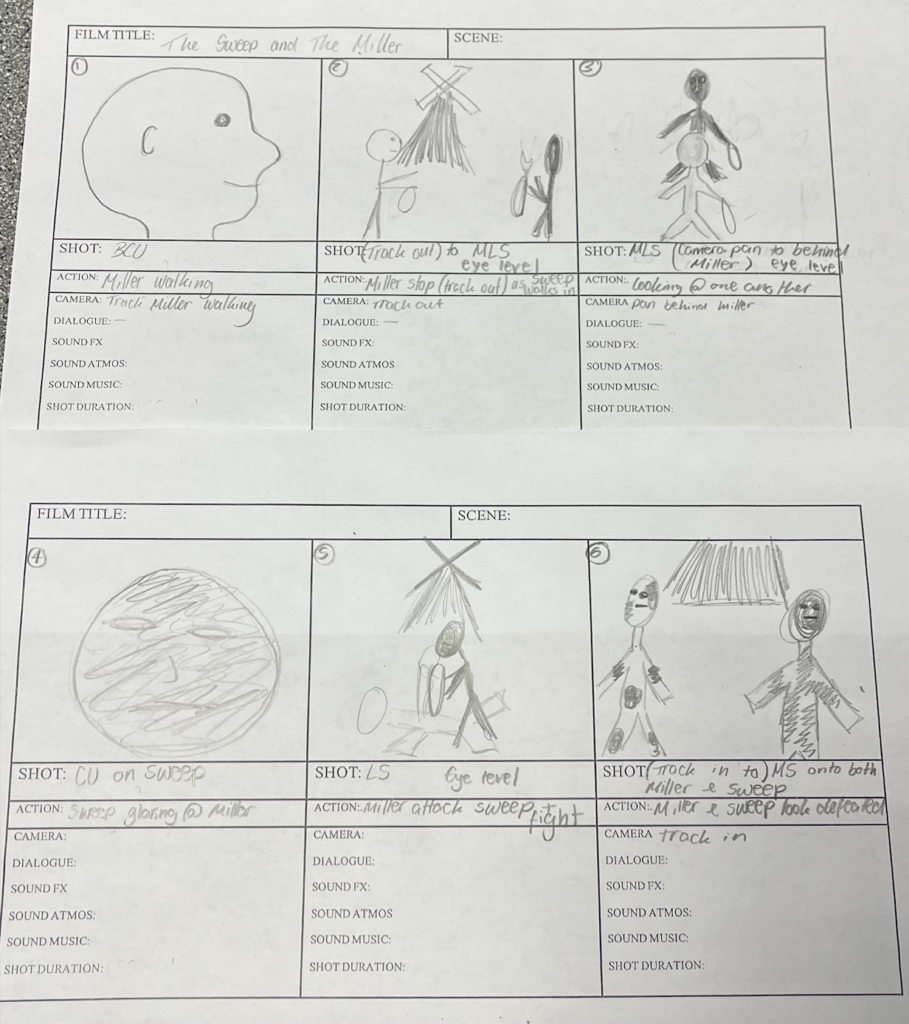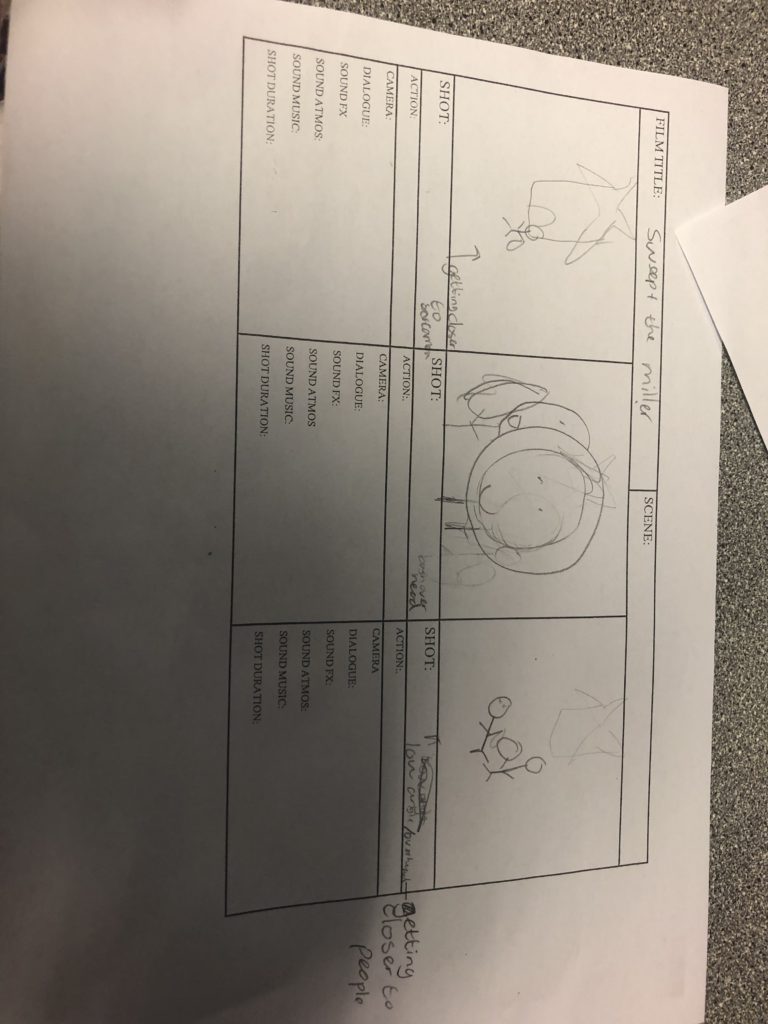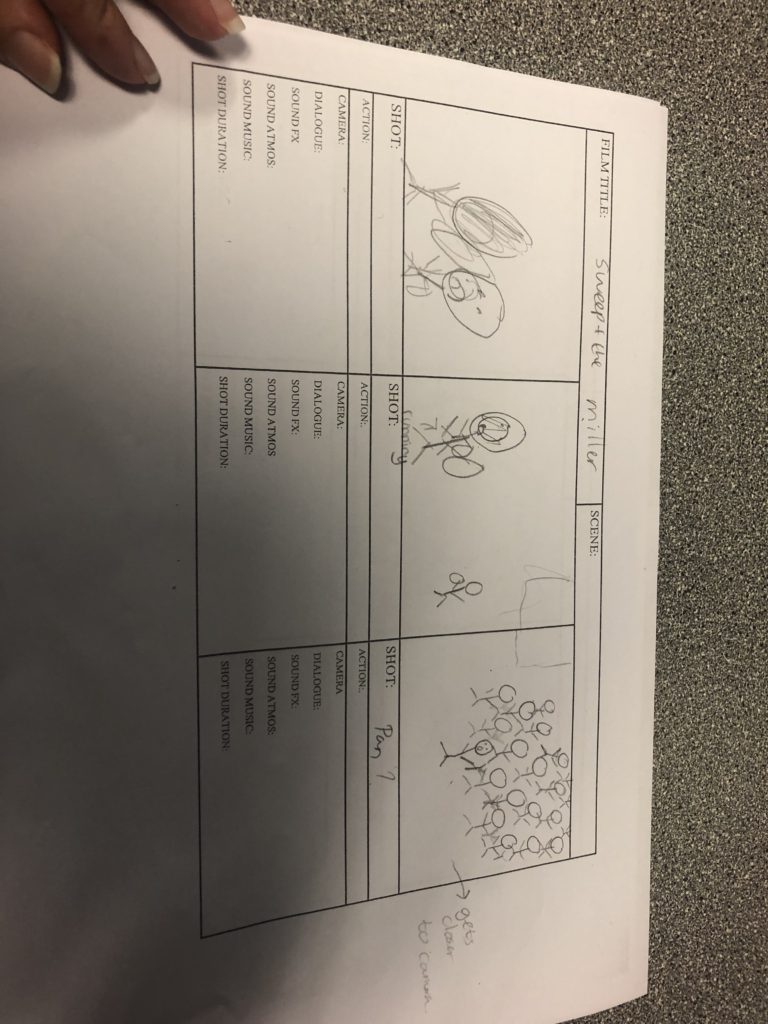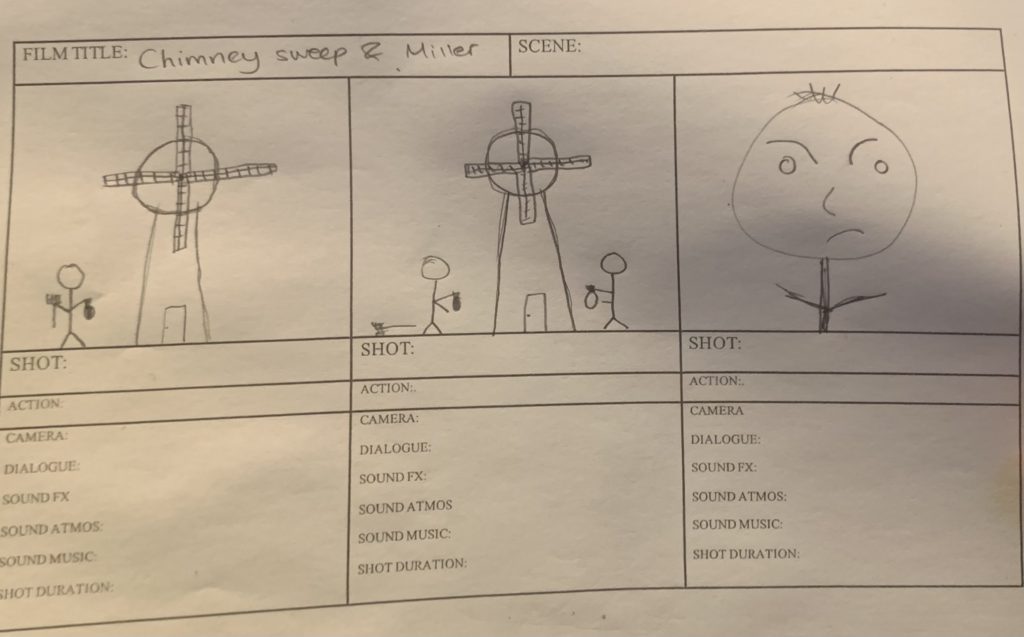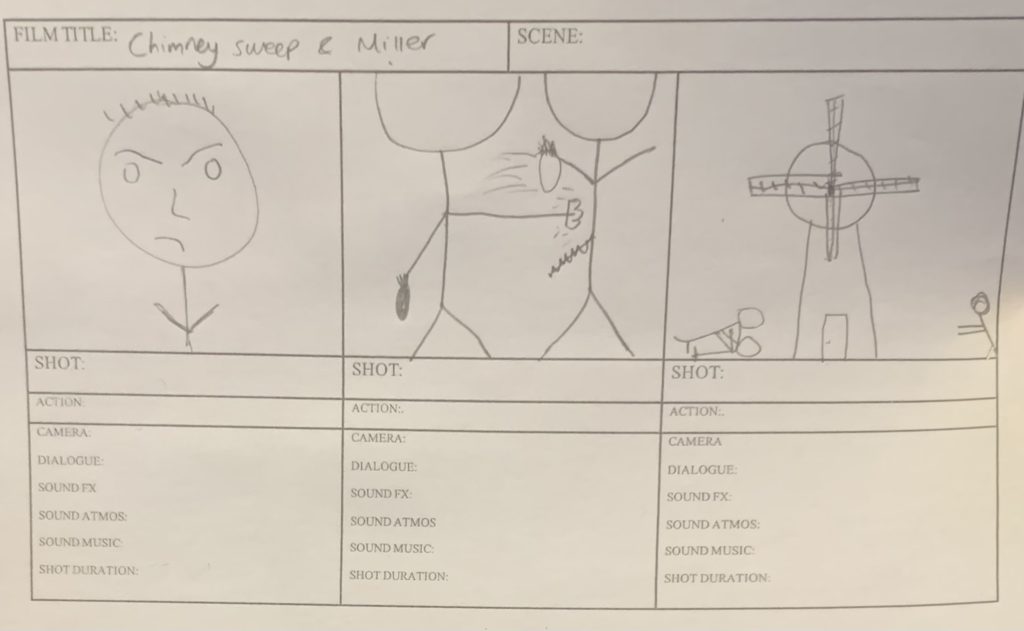In the movie The Shining, Kubrick uses a variety of cinematography techniques that portray hidden meaning. His cinematic techniques have helped him to make his audience immensely uncomfortable. However, the subtlety is created by taking us inside the minds of his characters-in order to deeply unsettle us and allow Kubrick to slowly mess with our heads just as the hotel does to Jack throughout the movie.
In this scene we are shown a symmetrical shot where Danny stares down a long corridor towards some creepy, unnerving twins. One impact of this symmetry is that your eye is unwillingly led towards the twins as they are directly in the centre of the shot. You are focused on the twins, just as Danny himself is. Symmetry is usually associated with the supernatural and can create a false hope that everything is perfect, making the outcome of the movie unexpected. This type of shot is used many times throughout the film so that Kubrick can make you unable to look away.
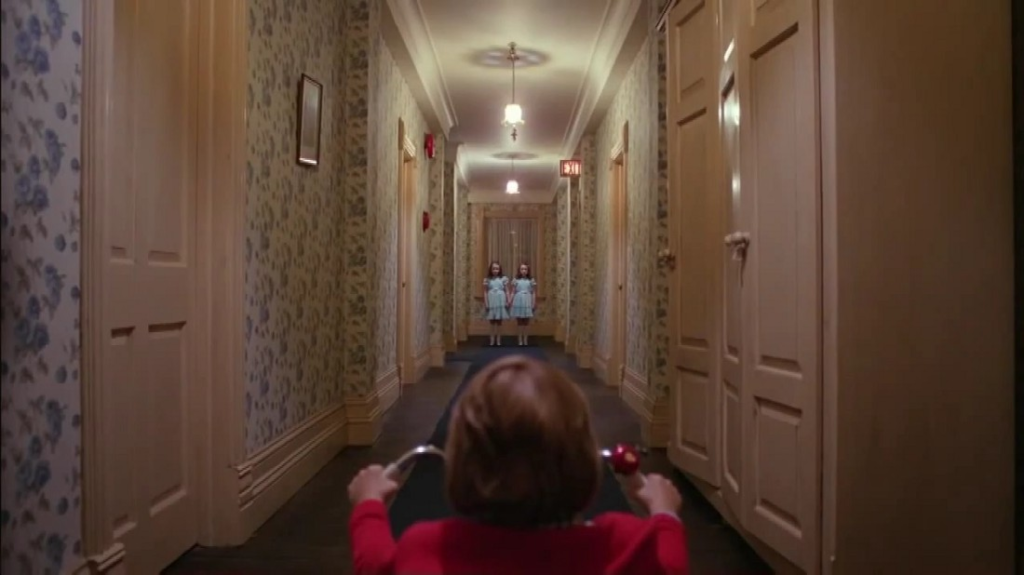
Kubrick applies another effective technique in this scene called ‘The one point perspective.’ This is so objects appear to grow smaller the closer they are to the centre.
Movement is also used in this scene as Danny is cycling around the hotels hostile corridors while rapidly turning corners. The camera follows him, creating a major sense of anticipation and suspense for the viewer with every corner he turns. This is because Kubrick has tricked us into thinking we are about to get jump scared.
He also uses an extreme wide-angle lens which captures a lot of the space around the character to create a claustrophobic sense. This makes it seem like the hotel is surrounding them and makes the viewer feel trapped inside with Danny. This shot also creates an exaggerated distance between the twins and Danny, making them seem unapproachable and mysterious.
The maze scenes;
Kubrick uses lots of wide shots like this to make the characters seem small and powerless compared to the whole of the hotel. For example, the contrast between this scene where Jack is standing above a model of the maze and the scene directly after which zooms in to the (non-model) maze slowly.

Jack seems more in control of the maze in the scene on the left, we can tell that there is something off with Jack as once again symmetry has been used in this shot to create an unsettling feeling and link Jack to something paranormal.
Comparatively, in the scene below, the wide-angle shot focuses our whole attention onto the real maze. This shot is shown directly after the shot of Jack standing over the maze. I think this shows the separation between Jack and the rest of his family as the hotel has gotten to his head a lot more than it has to Wendy and Danny. The camera slowly zooms into the centre of the maze. I think this shows how lost the family really are inside of the hotel, or how lost Jack is inside his own mind.

